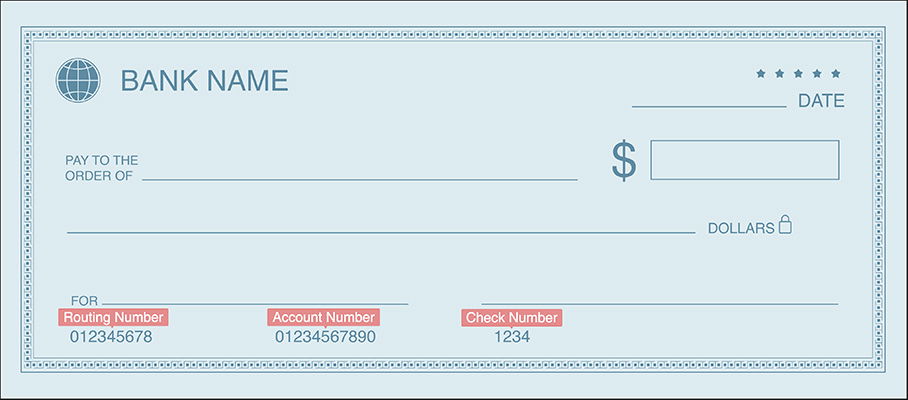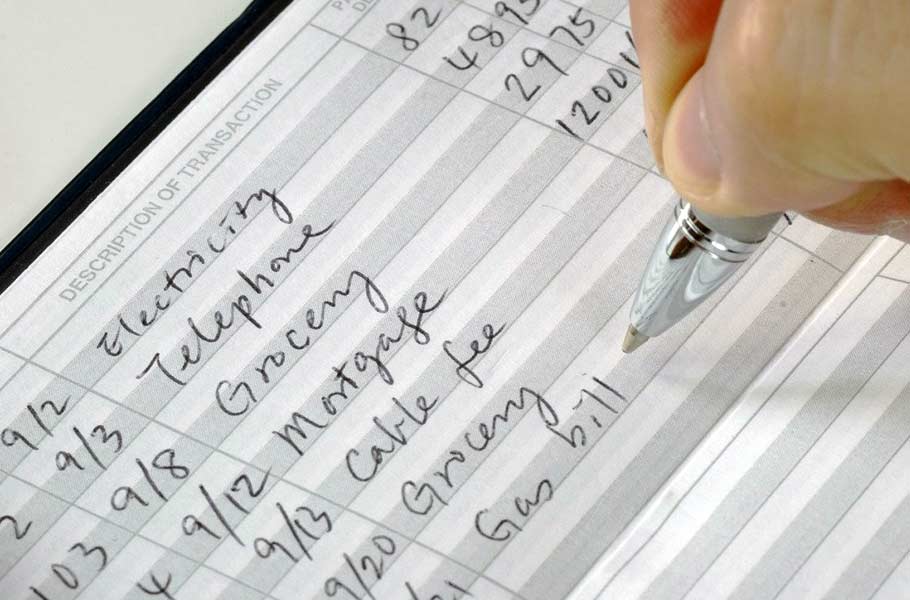Wondering how much it costs to open a bank account? Some accounts are free to open, while others require a deposit and come with monthly fees. The real cost depends on the type of account, the bank, and how you use it.

This guide breaks down what you might pay, what to watch out for, and how to keep those costs as low as possible.
Key Takeaways
- Bank account costs vary by account type and can include monthly fees, overdraft charges, and ATM fees.
- Checking, savings, money market accounts, and CDs each have different fee structures and benefits depending on how you manage your money.
- You can reduce or avoid fees by choosing low-fee banks, keeping required balances, using in-network ATMs, and looking for promotional offers.
Types of Bank Accounts and Their Costs
Bank accounts vary widely in terms of features, purposes, and associated fees. The main types include checking accounts, savings accounts, money market accounts, and certificates of deposit (CDs). Each type caters to different financial needs, offering various benefits and fee structures.
Checking Account
A checking account is for daily transactions, letting you deposit money, make withdrawals, pay bills, and access funds with a debit card or checks.
Common Checking Account Fees
Checking accounts often come with standard fees that vary by bank and account type. Knowing what to expect can help you avoid unnecessary charges.
Monthly Maintenance Fees
Many checking accounts charge a monthly fee between $5 and $15. Some banks waive this if you meet certain conditions, like maintaining a minimum balance or setting up direct deposit. Higher-tier accounts may offer more features—but they often come with higher fees.
Most accounts also require a minimum opening deposit, which can range from $25 to $100 depending on the bank.
Overdraft Fees
If you spend more than your available balance, you may be hit with an overdraft fee—usually $25 to $35 per transaction. Some banks offer overdraft protection by linking your checking account to a savings account or credit card. This can help you avoid declined transactions but may come with its own fees.
ATM Fees
Using an out-of-network ATM can trigger fees from both the ATM operator and your bank, typically adding up to $2 to $5 per withdrawal. Some banks reimburse these fees or offer access to a large fee-free ATM network.
Minimum Balance Requirements
To avoid monthly fees, many checking accounts require you to keep a minimum balance. If your balance drops below the threshold, you could be charged $5 to $15 per month.
How to Avoid or Minimize Fees
- Choose a bank that offers a free checking account with no minimum balance requirement or one that waives the monthly fee with direct deposit.
- Maintain enough money in your account to avoid overdraft fees and meet the required account balance.
- Use in-network ATMs or seek banks that reimburse out-of-network ATM fees.
- Opt for overdraft protection, but be aware of any associated fees.
Savings Account
Savings accounts are designed for storing funds over time and earn interest on your deposits.
Common Savings Account Fees
Savings accounts usually have lower fees than checking accounts, but there are still a few charges to watch for.
Monthly Maintenance Fees
Many savings accounts charge a monthly fee between $2 and $10. You can often avoid this by keeping a minimum balance or setting up automatic transfers from your checking account.
Excess Withdrawal Fees
If you make more than six withdrawals or transfers per month, your bank may charge $5 to $15 for each extra transaction. Some banks may even close or convert the account if the limit is exceeded too often.
Minimum Balance Requirements
Some accounts require a minimum balance to avoid fees or earn interest. The threshold can vary—from $25 to $100 or more—and dropping below it could trigger a fee or lower your interest rate.
How to Avoid or Minimize Fees
- Choose a bank or credit union that offers free savings accounts and has no minimum deposit requirements.
- Monitor your withdrawal frequency to avoid excess withdrawal fees. Use a checking account for more frequent transactions.
- Maintain the required account balance to avoid charges and earn interest.
Money Market Account
Money market accounts combine features of both checking and savings accounts. They offer higher interest rates than regular checking or savings accounts and allow limited check-writing and debit card use.
Common Money Market Account Fees
Money market accounts often come with higher balance requirements and a few recurring fees, depending on the bank.
Monthly Maintenance Fees
Many money market accounts charge a monthly fee between $5 and $15. You can often avoid this by keeping a minimum balance or setting up automatic transfers from a linked checking account.
Minimum Balance and Opening Deposit
These accounts usually require a higher opening deposit—often $1,000 or more—and you’ll need to maintain that balance to avoid fees. Dropping below the minimum may trigger a monthly charge or lower your interest rate.
How to Avoid or Minimize Fees
- Shop around for a financial institution that offers low-fee or no-fee money market accounts.
- Maintain the required minimum balance to avoid fees and earn interest.
- Set up automatic transfers to help you maintain the required account balance.
Certificate of Deposit (CD)
A certificate of deposit is a time-based account where you agree to leave a set amount of money for a specific term, often earning a higher interest rate than standard savings accounts. CD terms range from a few months to several years.
Common CD Fees
CDs have fewer fees than other accounts, but early withdrawal penalties are a key consideration.
Early Withdrawal Penalty
Withdrawing funds from a CD before its maturity date will often result in an early withdrawal penalty. This penalty may be calculated as a percentage of the amount withdrawn or as a certain number of months’ worth of interest. The penalty can be quite substantial, sometimes erasing all the interest earned on the CD.
How to Avoid or Minimize Fees
- Choose a CD term that aligns with your financial goals and needs to avoid the need for early withdrawals. Consider using a CD ladder strategy, which involves investing in multiple CDs with varying terms to provide more frequent access to funds.
- Compare CD rates and terms across different financial institutions to find the best fit.
Why Bank Account Costs Vary
Several factors affect how much you’ll pay to open and maintain a bank account. These include the type of bank you choose, how you manage your money, and whether you take advantage of promotional offers.
How Bank Type Affects Fees
Where you bank matters. Traditional banks usually charge more because of higher overhead. Credit unions often keep fees low and offer better interest rates. Online banks tend to be the cheapest, thanks to fewer operating costs—but you won’t get in-person help.
- Traditional banks may charge higher monthly fees and overdraft fees but offer a full range of financial products and physical branches.
- Credit unions are member-owned and usually offer lower fees and more personal service, though they may have fewer locations.
- Online banks cut costs by operating entirely online, often eliminating monthly fees and offering strong mobile tools.
See also: Are Online Banks Safe?
How Your Habits Influence Costs
Your banking habits play a big role in how much you end up paying. Keeping a low balance, making frequent ATM withdrawals, or skipping direct deposits can lead to fees. Staying on top of your activity and using digital alerts can help you avoid surprise charges.
How Promotions Can Lower Costs
Many banks offer cash sign-up bonuses, waived fees, or high introductory interest rates to attract new customers. These offers can save you money—but only if you meet the terms. Always check for balance requirements, activity minimums, or expiration dates before signing up.
How to Choose the Right Bank Account
The right account can save you money and make day-to-day banking easier. Here’s how to pick one that fits your habits and financial goals.
Compare Account Options and Fees
Start by comparing banks and credit unions. Look at customer reviews, fee structures, and minimum balance requirements. Prioritize institutions with low or no monthly fees, competitive interest rates, and strong customer satisfaction.
Focus on Features That Fit Your Lifestyle
Think about how you use your account. Do you need a large ATM network? Easy mobile deposits? Responsive customer support? Make sure the bank offers convenient tools and services that match the way you manage your money.
Plan for Future Financial Needs
If you expect to apply for a credit card, mortgage, or investment account, consider banks that offer everything under one roof. Bundling services can simplify your finances and sometimes lead to better rates or perks.
Final Thoughts
Opening a bank account is a simple step that can have a big impact on how you manage your money. But fees can add up quickly if you’re not paying attention.
Choosing the right account means looking closely at what you need, how you bank, and which features matter most to you. Some accounts are nearly free to maintain—others are loaded with charges.
Spend a few minutes comparing your options before you apply. A low-fee account with the right tools can help you keep more of your money where it belongs.




